Driving a car is especially enjoyable when it is done in maximum comfort. A smooth glide at any speed, pleasant music and no noise from the outside – that’s how much fun it is to drive your own car. But if it rattles, shakes and vibrates, then enjoyable driving quickly turns into real stress. In addition, a vibrating vehicle may also quickly lead to consequential damage and get you into dangerous driving situations. That is why you should always investigate even slight vibrations. Most of the time, the situation only gets worse.
Many causes – one symptom
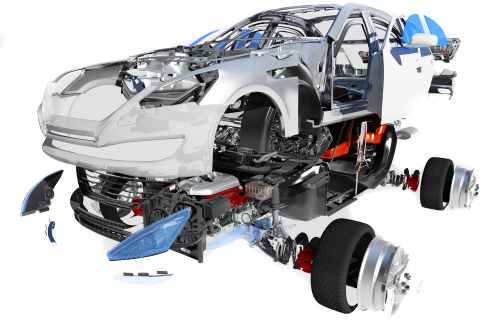
A vibrating car is a rather unspecific diagnosis. There are several possible causes for this symptom. Typical causes of a vibrating car are:
– track geometry
– chassis
– engine
– exhaust system
– tyres
– drive shaft
It is therefore necessary to narrow down the causes for the changed driving experience more precisely. This is done systematically:
1. At what speed do the vibrations occur?
2. Do the vibrations also occur when the car is turned off but rolling?
3. Do the vibrations also occur when the car is brought to a standstill with the engine running?
4. Do the vibrations only occur when braking? |
1. Speed-dependent vibrations in the car
If vibrations only occur at high speeds, it is usually due to the tyres or the balance weights. These may become loose from the rims. The wheel then no longer runs “round”. To eliminate the problem, visit the nearest workshop and have the wheel rebalanced.
Even if the damage may be repaired quickly and inexpensively, it should not be postponed for too long. A vibrating wheel affects the entire steering mechanism. Tie rod ends, stabilisers and wishbones may suffer as well.
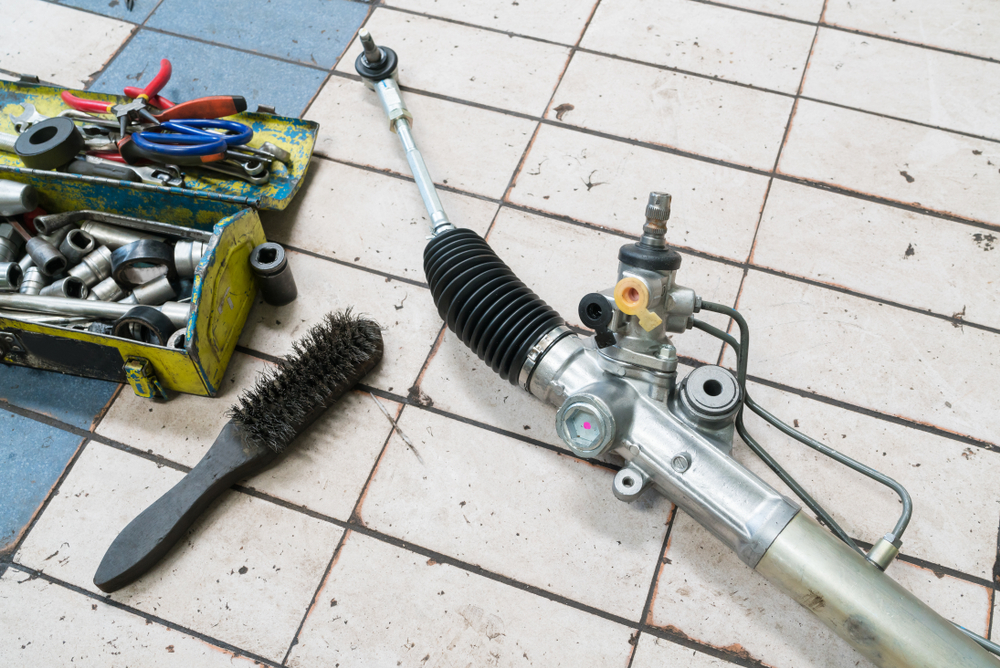
- If any of the steering mechanism is damaged, the car will vibrate even at low speeds. Even at 20 km/h, a “spongy” driving sensation is noticeable, which gets worse and worse at higher speeds. This happens, for example, when a kerb is hit at a flat angle. Then the wishbones usually bend a little and the ball joint fails. Both should be then replaced.
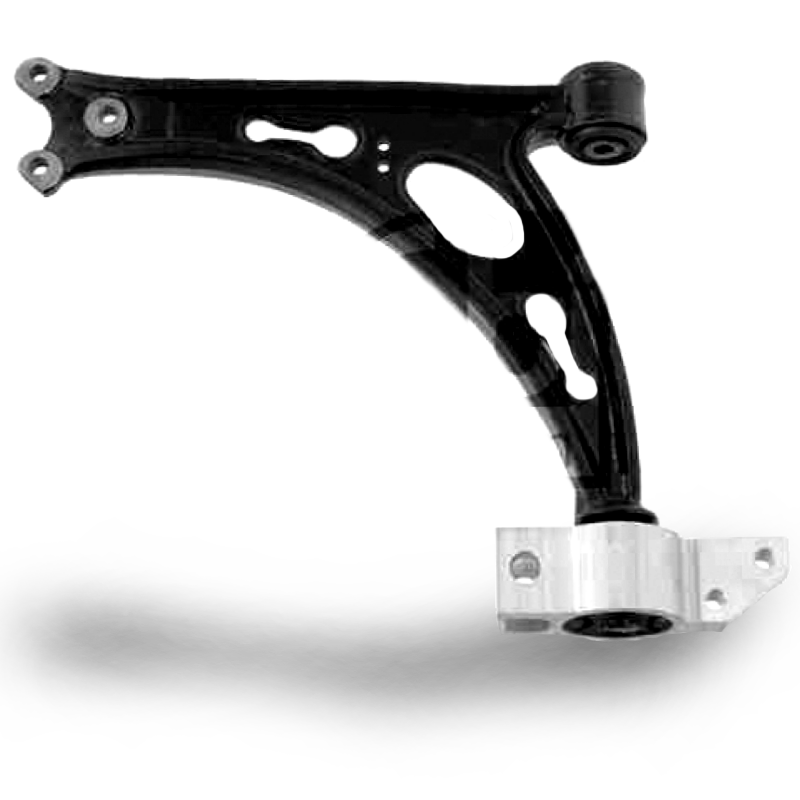
Front & rear axle suspension arms
now up from £ 5,80
|
|
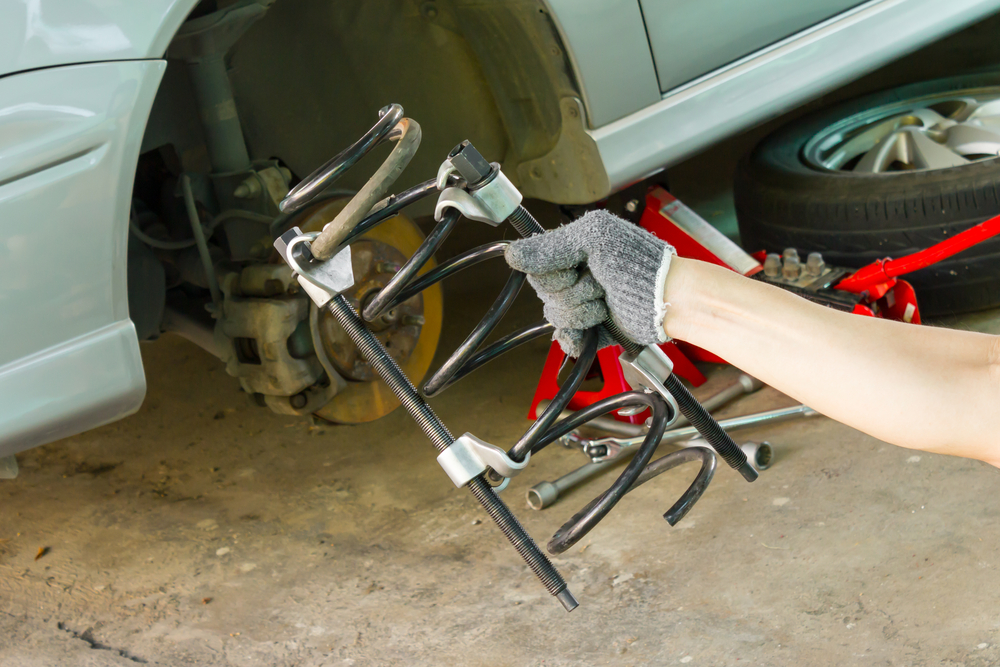
- Similar symptoms occur when the shock absorbers are defective. The car then bounces too much and makes it difficult to keep the track. If the car stands crooked, the springs are broken. In this case, too, the car does not bounce properly and starts to vibrate.
|
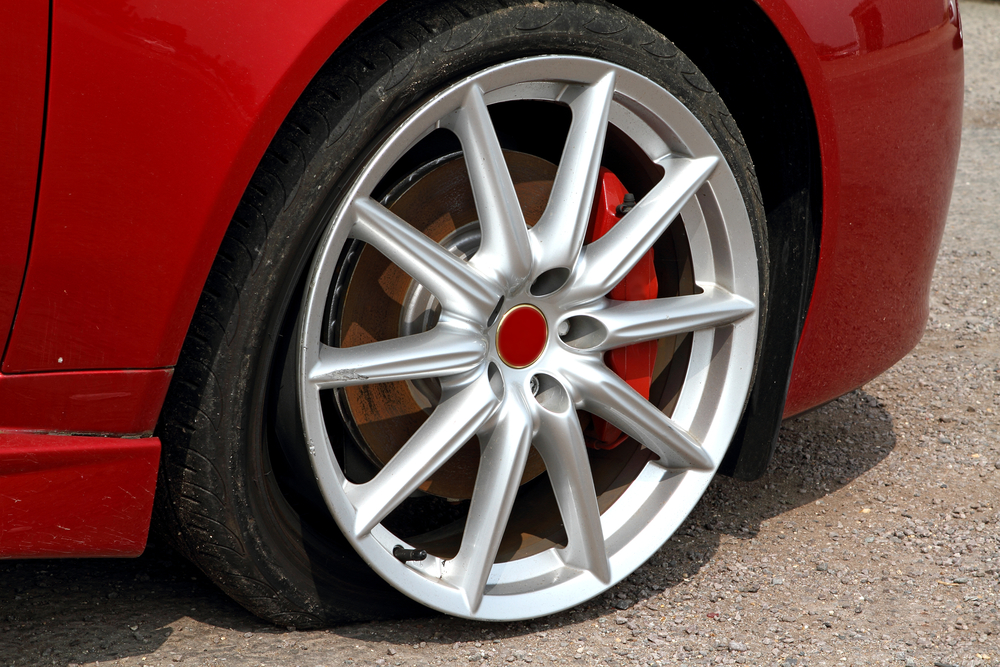
- Old and defective tyres may also cause vibrations. If the tyre has a “brake plate” or the carcass is cracked on the side, it will start to vibrate while driving. This damage should also be repaired immediately, as the tyre may burst at any time.
|
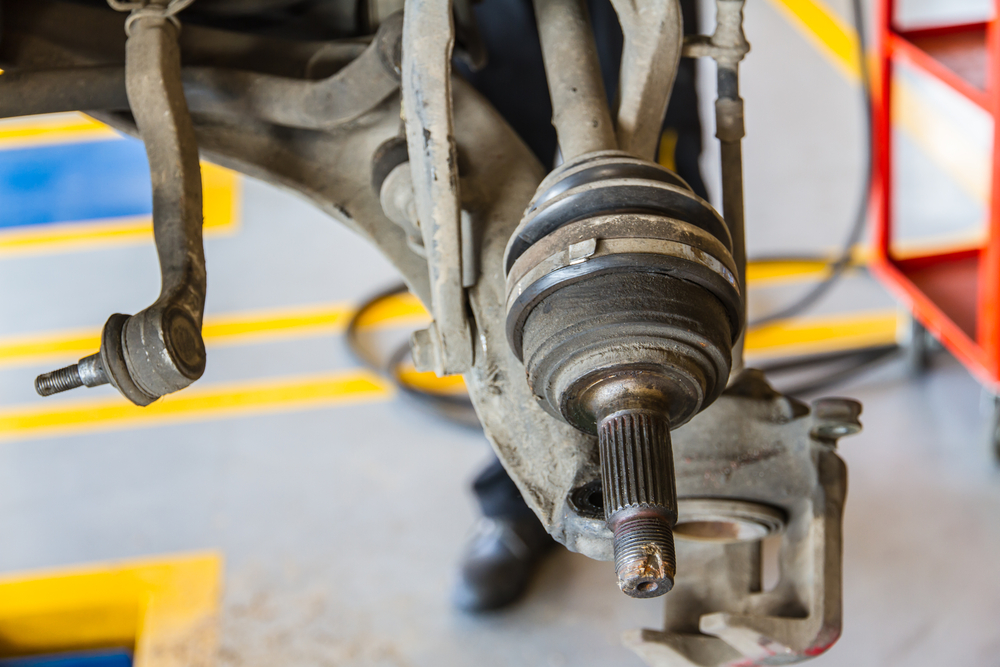
- If the axle boot is damaged and the grease has leaked out, the wheel bearing will run hot. It may also become noticeable through vibrations while driving. This is quite easy to detect: the wheels are turned all the way in and you are able to look behind the wheel. If everything is full of black grease, you know where the vibrations are coming from.
- The only solution is to dismantle everything and replace the boot and wheel bearing. However, please bear in mind that an axle boot may be damaged by ageing or by a marten bite.
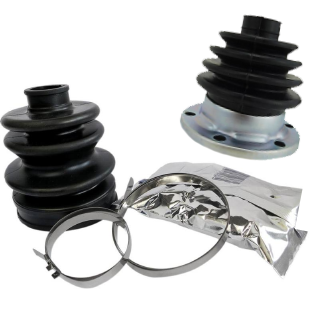
Axle boot front + rear
cheaply up from £ 2,87
|
- In both cases, all other rubber parts such as hoses, sleeves and insulation should be checked. Most of the time you will find another damaged part.
|
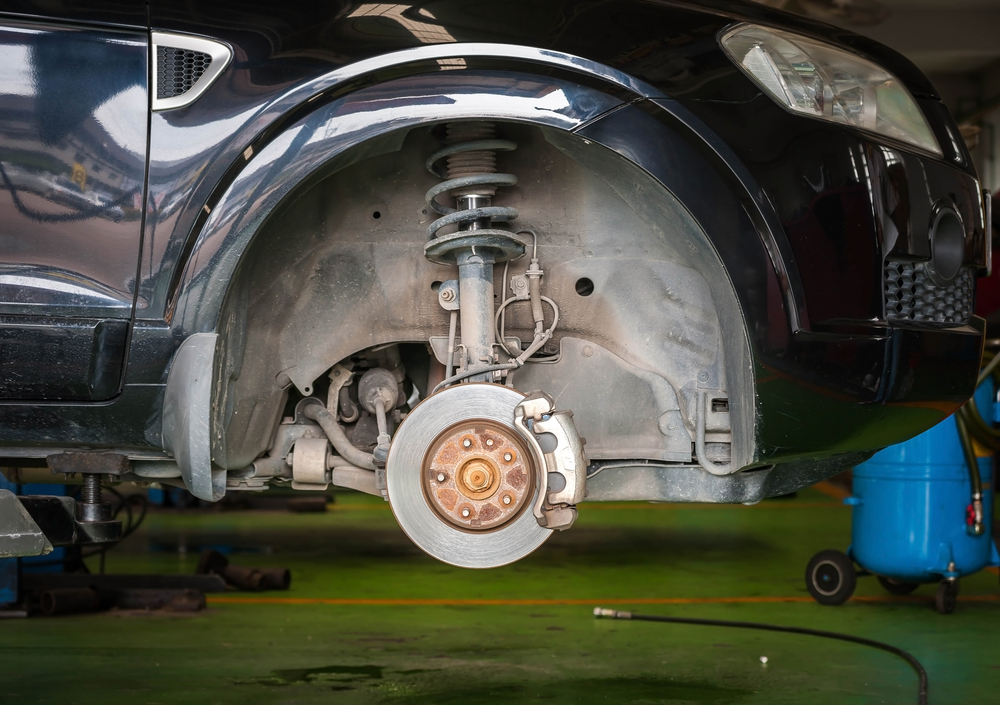
- A cause for vibrations on the part of the wheels is still to be identified: If the wheel bolts are loose or begin to loosen, they show it through a strong vibration in the wheel area. This is a serious assembly error and should be quickly adjusted with a wheel spider. Also, all wheels should be tightened with a torque spanner at the nearest specialist workshop.
- However, wheels do not loosen just like that. If they were correctly mounted before, it is very likely that there is a foreign influence. In this case, the police should be informed.
|
2. Vibrations when the car is rolling
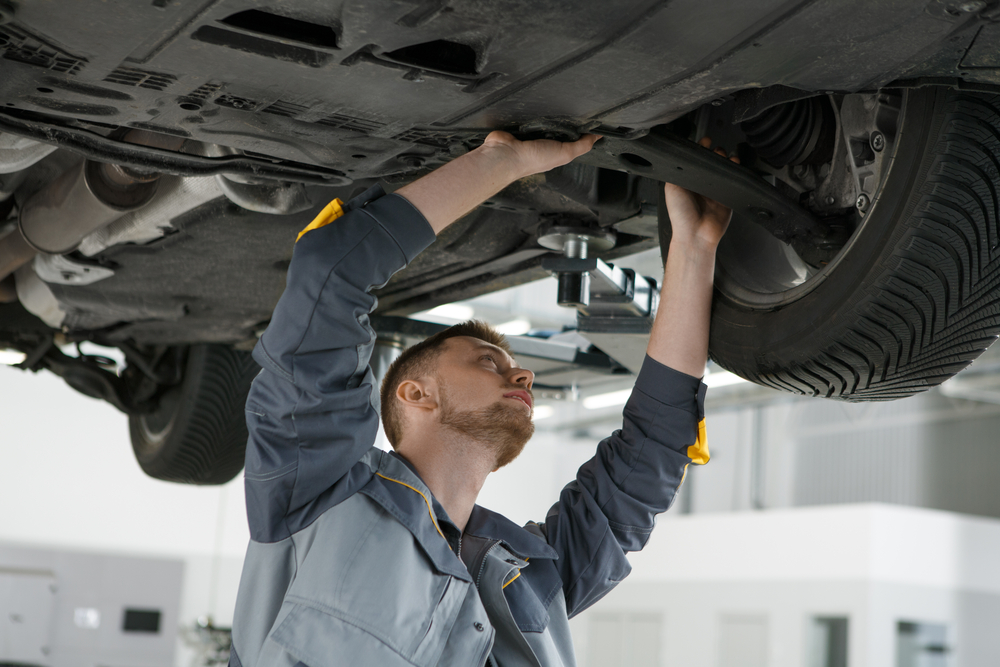
If the car vibrates when the engine is turned off, then the fault may be narrowed down well to the suspension, steering mechanism or tyres.
3. Vibrations when the car is stationary but turned on
If the vibrations originate from the engine, this may have the following causes:
– engine suspension defective
– one or more cylinders not working
– fuel filter clogged
– dual mass flywheel defective
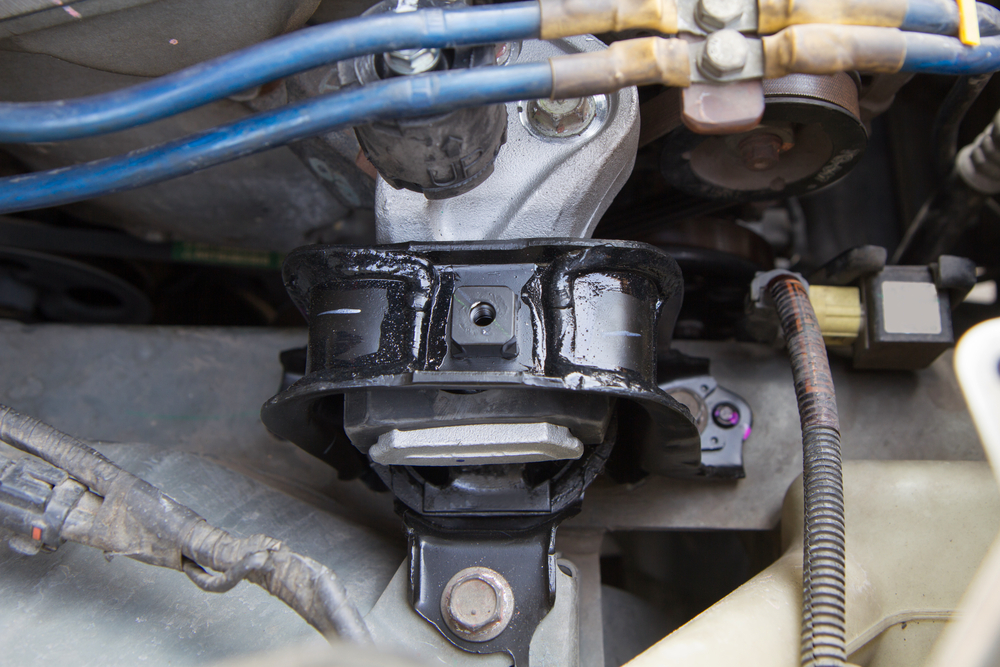
- If the engine mount is loose or even broken, then the engine is no longer correctly attached to its damping elements. It then begins to wander around and causes rattling and shaking against the bodywork.
|
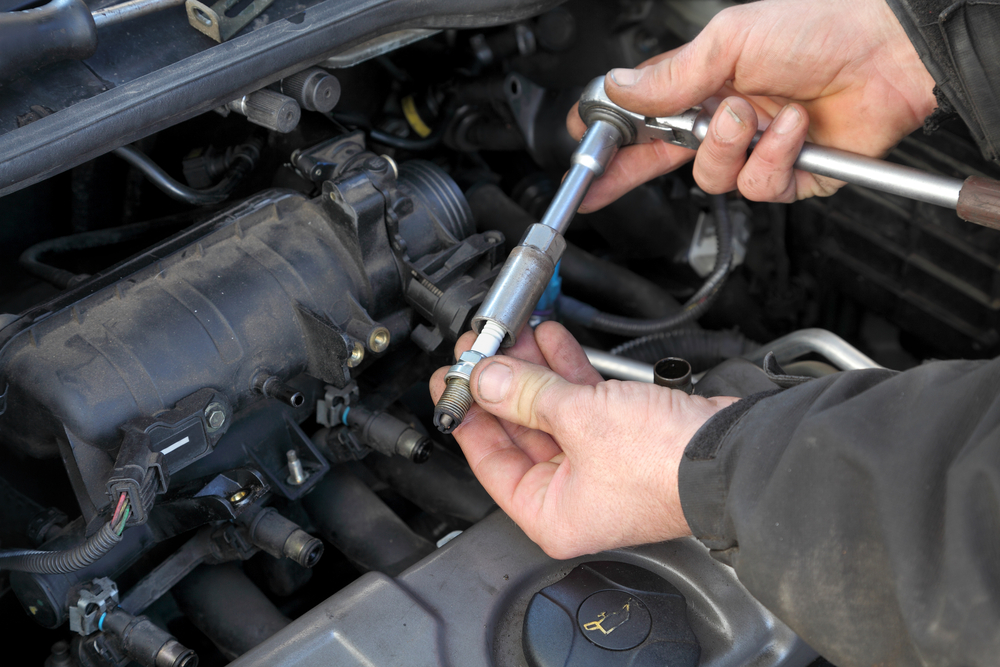
- A defective spark plug, or a loose ignition cable may be enough to make one cylinder fail. Then the cylinder is only “pulled along” by the others. This gives the engine a slight imbalance, which may become especially noticeable when the vehicle is stationary. However, the best way to recognise this fault is while driving: the car has a massive loss of power and no longer accelerates as usually.
|
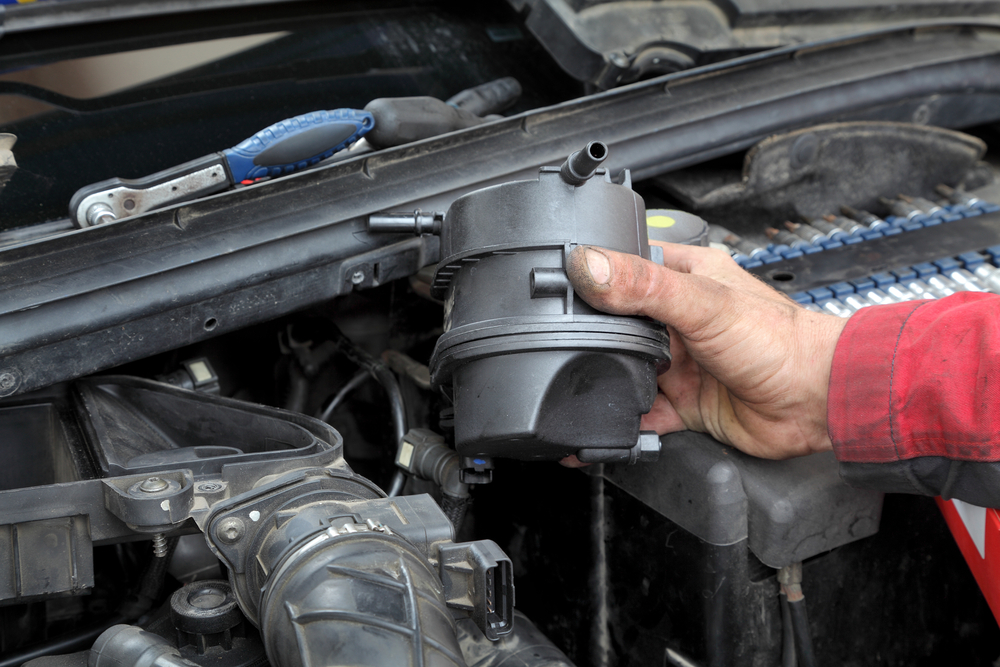
- The same happens if the fuel filter is clogged. It only lets petrol or diesel through irregularly, which means that the engine is no longer supplied with fuel evenly. This may also lead to vibrations and loss of power.
|
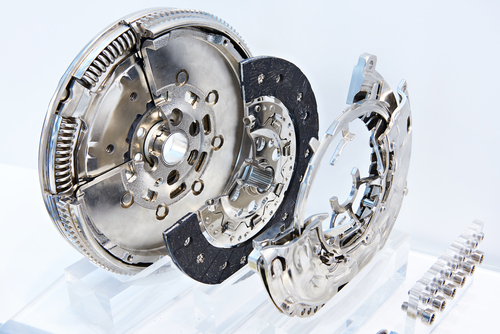 The dual mass flywheel is a part of the clutch. It is a massive, spinning component that is required for smooth shifting. However, it has permanent lubrication, which means it has a limited service life. The dual mass flywheel is a part of the clutch. It is a massive, spinning component that is required for smooth shifting. However, it has permanent lubrication, which means it has a limited service life.
 When the lubrication is used up after 150,000 km, its effect is reversed: instead of ensuring smooth running, it rumbles, vibrates and clatters more and more violently. The only solution is to replace it, but this is quite expensive. Such fault may be narrowed down even more: If it rumbles during gear changes, it is usually the dual mass flywheel. When the lubrication is used up after 150,000 km, its effect is reversed: instead of ensuring smooth running, it rumbles, vibrates and clatters more and more violently. The only solution is to replace it, but this is quite expensive. Such fault may be narrowed down even more: If it rumbles during gear changes, it is usually the dual mass flywheel.
- To prevent this fault, it is advisable to replace the dual mass flywheel as a precaution when the clutch is repaired. Even if the dual mass flywheel still has a remaining service life of 20,000 kilometres, it is usually not worth waiting that long. If everything is already disassembled, you should invest some 250 pounds more and save the later repair costs for it.
|
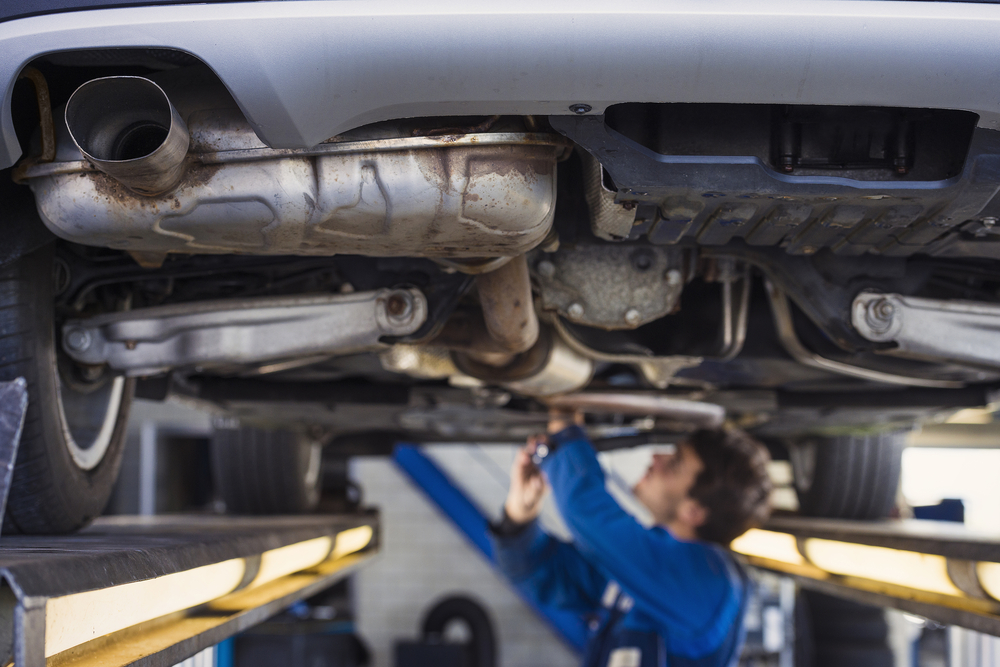
- On the other hand, it is even cheaper if the vibrations come from the exhaust system: If a retaining rubber has been lost, the exhaust may hit the underbody. Depending on how quickly or frequently this happens, it may feel like a vibration.
|
- The same applies if screws on the manifold have become loose. This is very rare but does happen occasionally. Such faults can usually be repaired in a few simple steps.
|
4. Vibrations in the car when braking
If there is a strong vibration when braking, this usually has only one cause: the brake disc has become wavy. This happens when the discs overheat, the brake pistons jam or inferior material has been used on the disc or pads.
Conclusion: Good diagnostics, safe driving
Isolating the cause of vibrations in the car makes it easier to find and fix the faulty part. Regardless of whether you want to repair the damage yourself or commission a workshop to do it: With exact description of the symptoms, finding the cause becomes much faster.
Foto: Studio 72, iurii, aSuruwataRi, Ohms1999, arhendrix, P Phillips, CHAIYARAT, Zoriana Zaitseva, rukawajung, sima, Sergey Ryzhov, Jomwaschara Komvorn, Corepics VOF, MR.YURANAN LAKHAPOL, AliceAbob / shutterstock.com











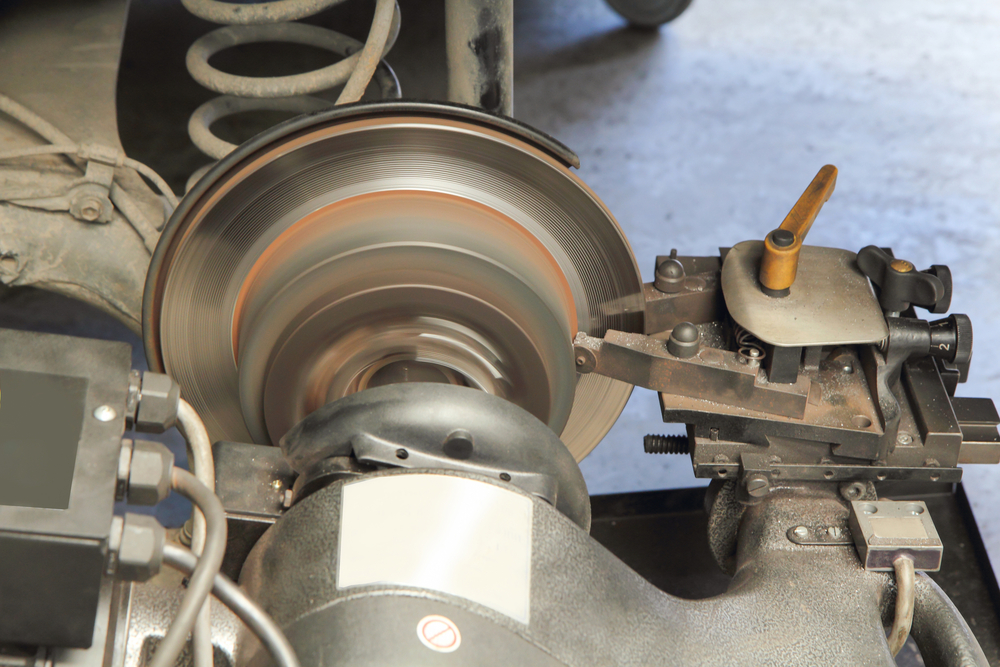
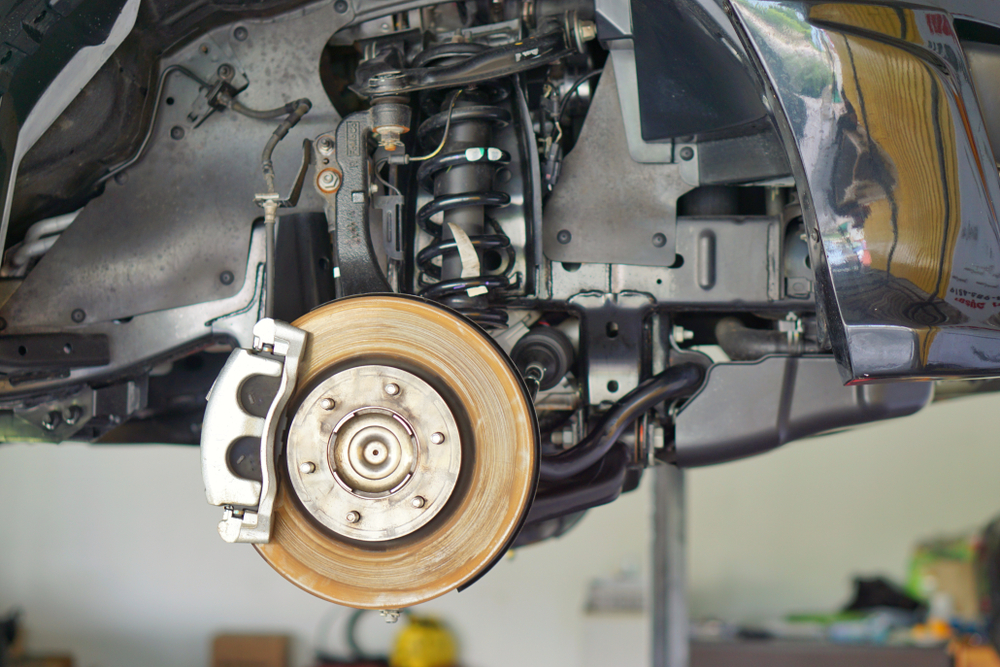

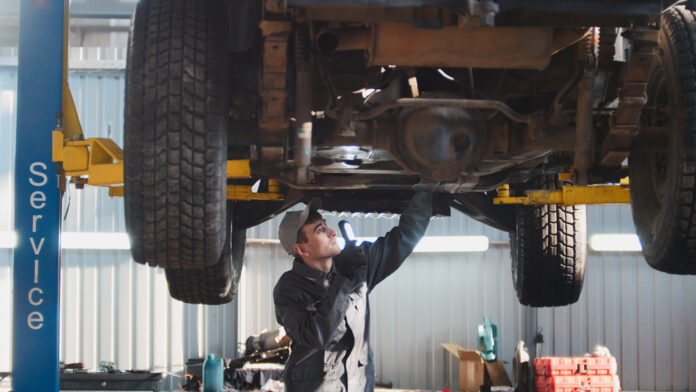


 The dual mass flywheel is a part of the clutch. It is a massive, spinning component that is required for smooth shifting. However, it has permanent lubrication, which means it has a limited service life.
The dual mass flywheel is a part of the clutch. It is a massive, spinning component that is required for smooth shifting. However, it has permanent lubrication, which means it has a limited service life. When the lubrication is used up after 150,000 km, its effect is reversed: instead of ensuring smooth running, it rumbles, vibrates and clatters more and more violently. The only solution is to replace it, but this is quite expensive. Such fault may be narrowed down even more: If it rumbles during gear changes, it is usually the dual mass flywheel.
When the lubrication is used up after 150,000 km, its effect is reversed: instead of ensuring smooth running, it rumbles, vibrates and clatters more and more violently. The only solution is to replace it, but this is quite expensive. Such fault may be narrowed down even more: If it rumbles during gear changes, it is usually the dual mass flywheel.

 (28 votes, average: 4.54 out of 5)
(28 votes, average: 4.54 out of 5)







